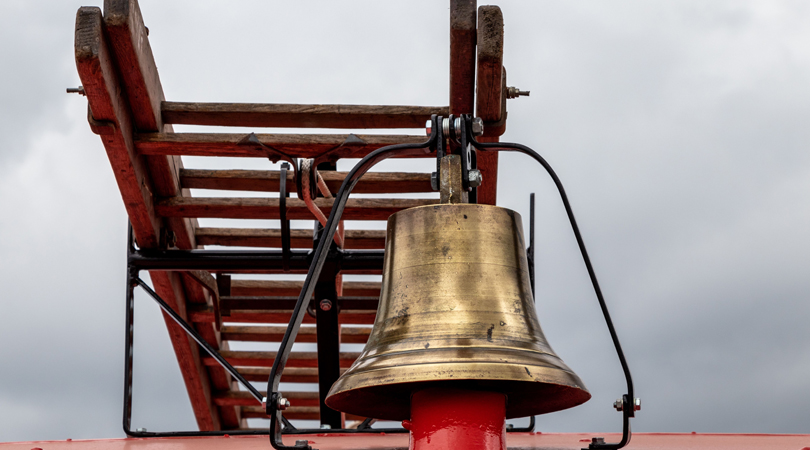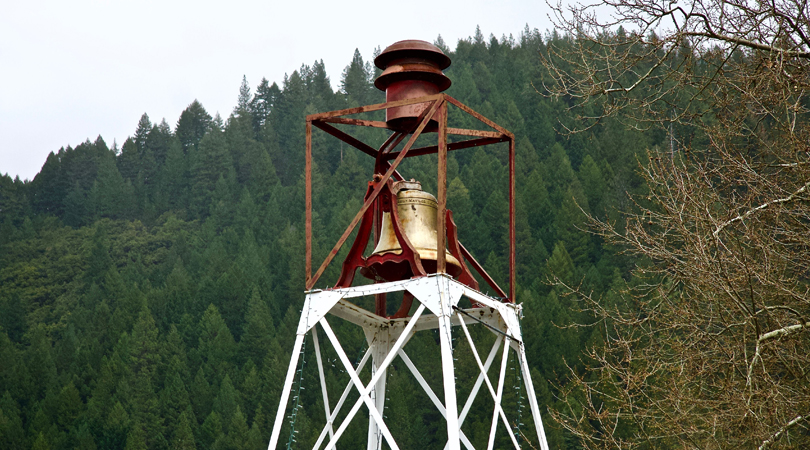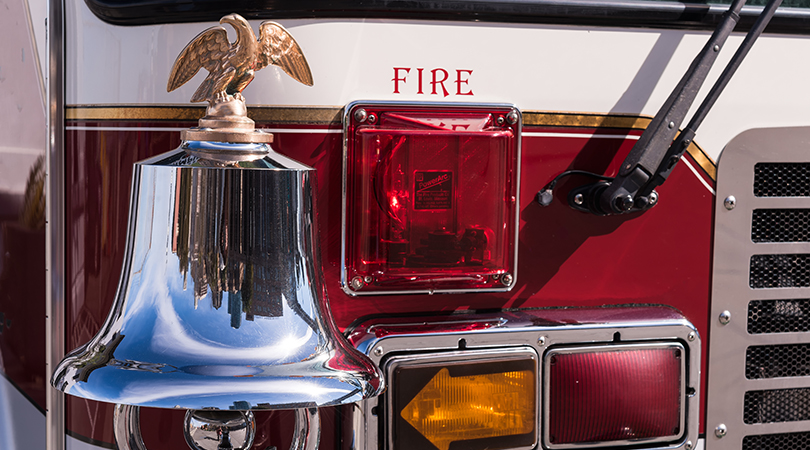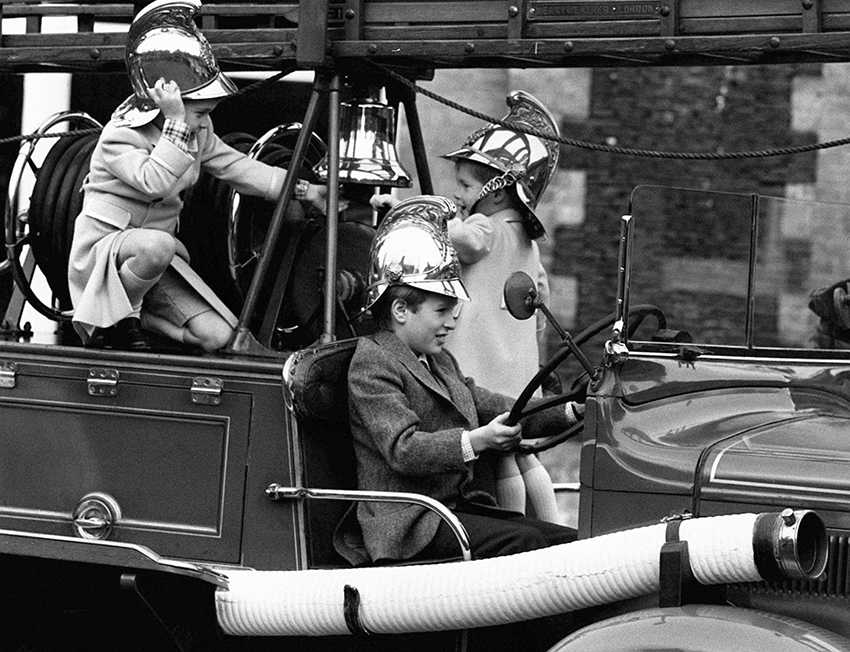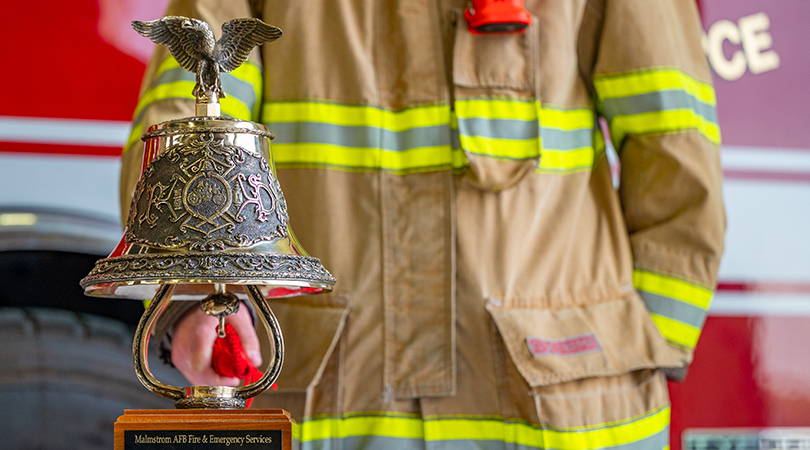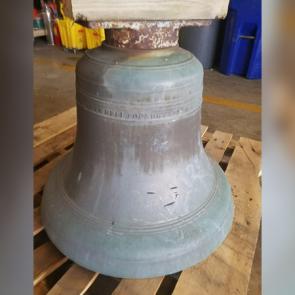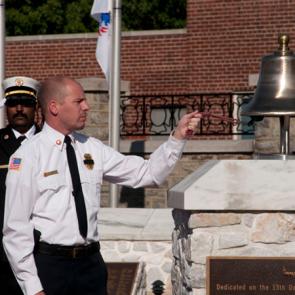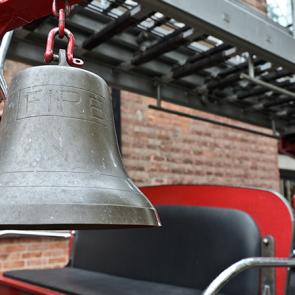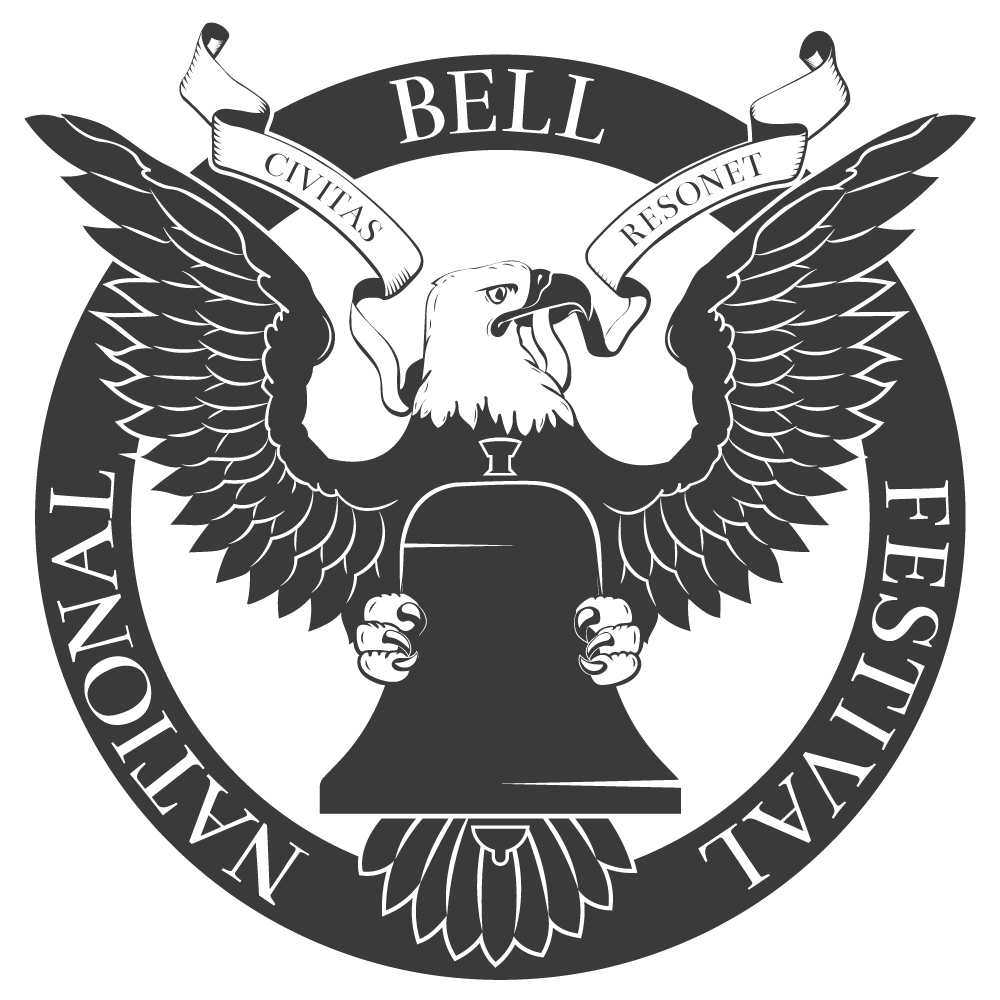A brief history of the fire bell
Warning bells are as old as civilization itself, when large bells mounted in the center of villages were used to communicate important messages across long distances. Traditionally, bell towers were meant as a public service, to track time, call the faithful to worship, or summon townsfolk to a meeting. The distinctive way in which the bell was rung would denote the reason.
The use of bells specifically for fire alerts began during the medieval period in Europe. Towns and cities built bell towers as a means to warn residents of imminent fires, which could quickly decimate entire neighborhoods or districts of hewn wood structures. The clear sound of these bells acted as a call to action, urging people to extinguish the fire or flee. Watchmen could climb the bell tower to see where fires might be raging.
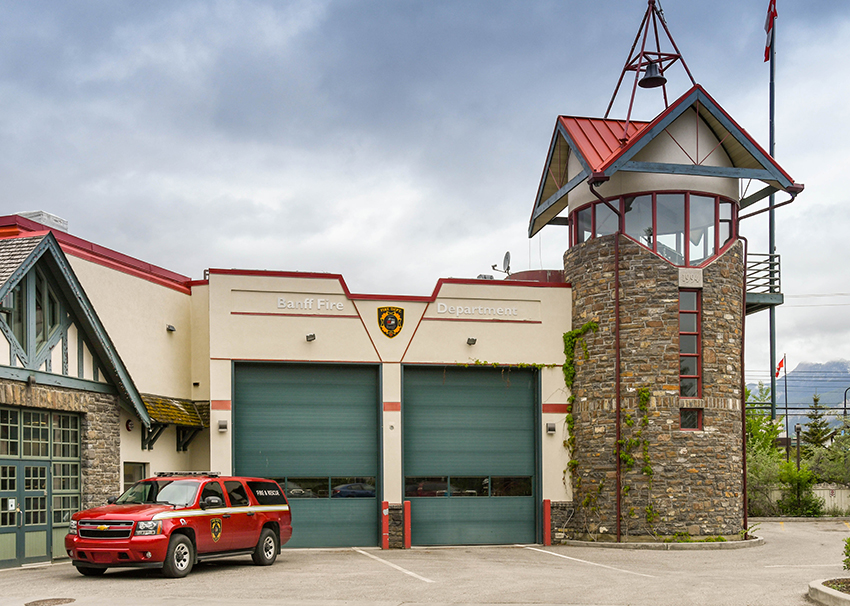
Image: A fire bell is mounted on top of the watchtower at Banff Fire Department in Alberta, Canada.
As bell production became more economical, smaller bells were commissioned directly by the local fire services. A tolling bell would signal the beginning of the day’s shift, a tocsin bell would rouse firefighters to respond to a fire alarm, and when the fire was finally extinguished, a bell would ring to indicate the completion of that call. Sequences or patterns of a fire bell ringing could indicate the general neighborhood or area of town where the fire was to be found, so men could set off in that direction, water in tow.
Fire bells hold immense significance in fire safety protocols due to their immediate and attention-grabbing nature. As such, fire bells became commonplace mounted on the front or top of a firetruck. The ringing would serve as a warning to the public that the rig was responding to an emergency call and moving in all haste.
The unmistakable reverberation of a fire bell would stop the town in its tracks, with a sound that could prompt individuals to take swift action by evacuating the premises or alerting others. Additionally, fire bells provided a consistent, audible warning that could overcome language barriers, ensuring that everyone understood the urgency of the situation.
Section image: A bronze fire bell is mounted at the top of a steel structure in the historic gold mining town of Downieville, California.
